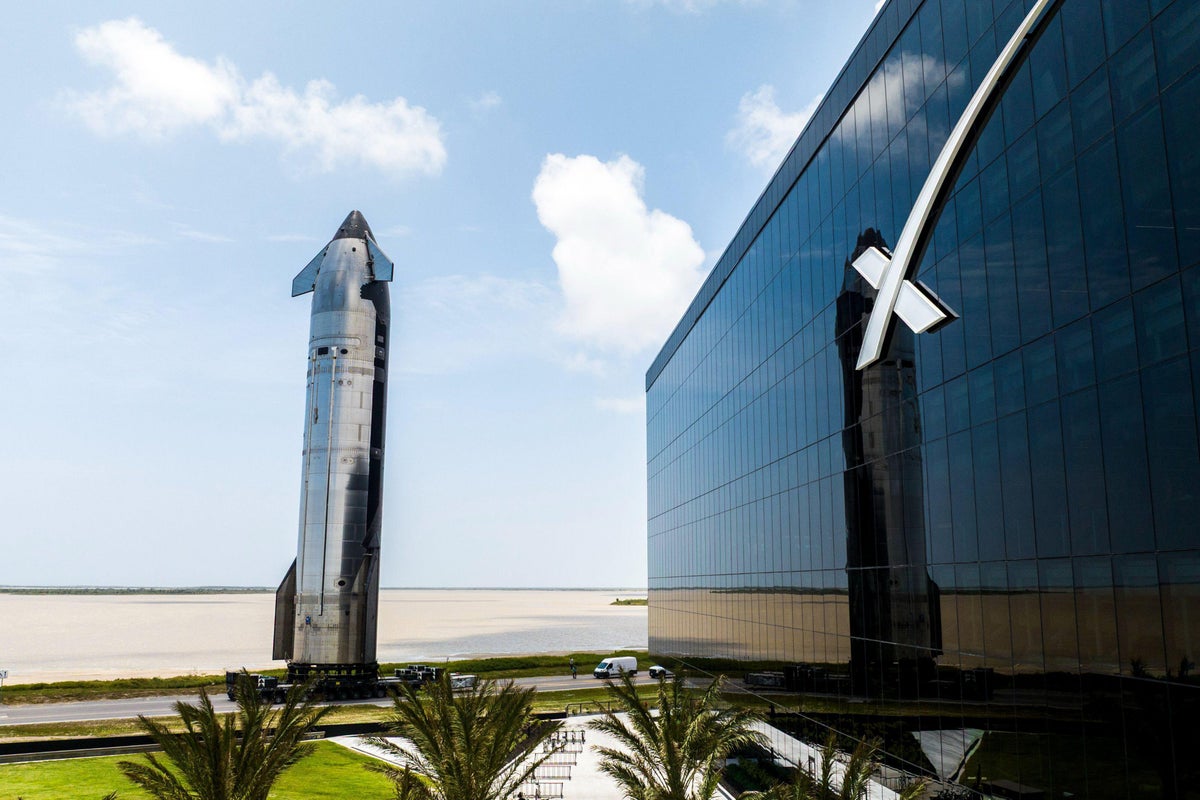Now Reading: SpaceX Launches Starship Successfully After Previous Setbacks
-
01
SpaceX Launches Starship Successfully After Previous Setbacks
SpaceX Launches Starship Successfully After Previous Setbacks

Quick Summary
- SpaceX successfully launched its Starship spacecraft on August 26, 2025, after three prior failed attempts.
- The launch included the “Super Heavy” booster reaching an altitude of 119 miles before soft landing in the Gulf of Mexico and the Starship upper-stage deploying eight test satellites in orbit before controlled splashdown in the Indian Ocean.
- Starship is over 400 feet tall and capable of carrying up to 165 tons into space but may function closer to a range of 55-110 tons due to design adjustments required for stability.
- Elon Musk emphasized that reusable rockets like Starship could significantly cut satellite launch costs; NASA plans to use this system for the Artemis III moon mission, tentatively scheduled for 2027.
- Two earlier test flights exploded near the Caribbean and a third spun out of control over the Indian Ocean due to engine vibration issues tied to its fuel systems, raising concerns about structural stability.
- Minor damage was incurred during re-entry after stressing structural components intentionally as part of testing protocols; astronomers deemed it a “good flight overall.”
Image Description: An earlier version of SpaceX’s Super Heavy booster and upper-stage Starship placed at Boca Chica’s texas launch pad.
Indian opinion Analysis
India should closely monitor SpaceX’s innovations since reusable rocketry offers significant transformational potential for space exploration and satellite launches-domains critical for india’s growing space ambitions via ISRO (Indian Space Research Organisation). Lowering per-launch costs with reusable rockets aligns with India’s goal to cost-efficiently deploy both communication satellites domestically and internationally through future Gaganyaan or Chandrayaan missions.SpaceX’s rapid prototype testing approach could provide meaningful insights into iterative spacecraft development methods for ISRO’s own projects, though balancing risks remains key given safety concerns highlighted in previous mishaps with Starship. As commercial competition intensifies globally, aligning technological designs toward efficient payload management might hold lessons across nations including India when planning long-range strategic deep-space missions or collaborative lunar goals.India should also remain attentive as emerging standards from such technologies redefine global benchmarks around sustainability while fueling private partnerships vital within NewSpace economies universally breaking speed thresholds innovating contracts/outputs tech-perspectives-industry frontier becoming expansion necessities sustainable pathways ahead everywhere!
























